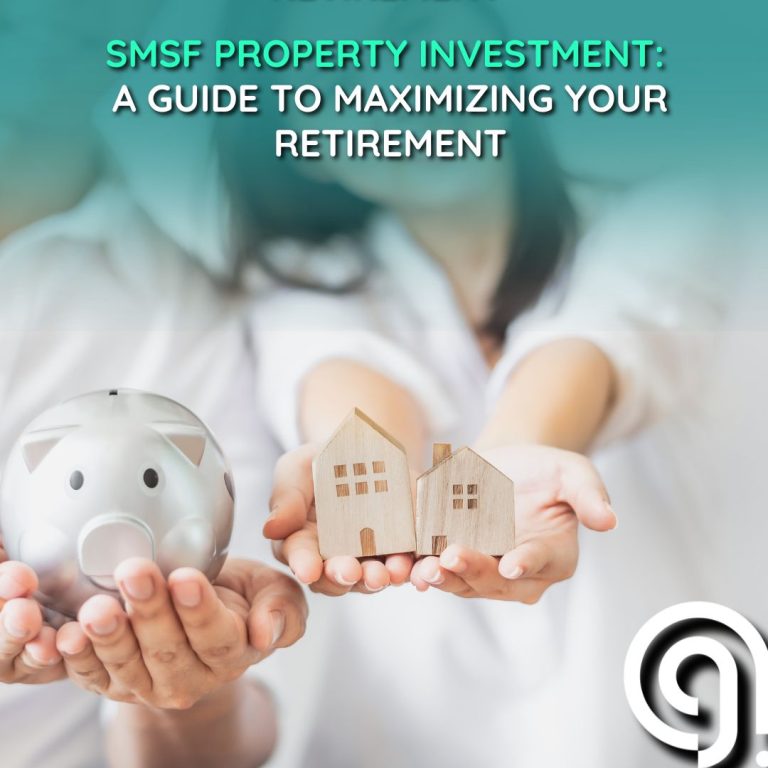SMSF Property Investment: A Guide to Maximizing Your Retirement

SMSF Property Investment: A Guide to Maximising Your Retirement
Australians have a long-standing love for property investment, and the benefits of using a Self-Managed Super Fund (SMSF) to invest in property can be highly appealing. With tax incentives such as a 15% preferential tax rate during the accumulation phase and potentially no tax during retirement, many SMSF trustees are drawn to the idea of investing in property. However, navigating the rules and regulations is crucial to ensure compliance and secure returns. Here’s what you need to know.
The Appeal of SMSF Property Investment
SMSFs offer significant tax advantages. During the accumulation phase, income is taxed at a concessional rate of 15%. In retirement, income may be entirely tax-free, offering substantial savings. Property investments also provide stable, long-term growth, making them an attractive option for retirement planning.
Key Insights for SMSF Property Investors
SMSFs can indeed buy property, but it must be purchased to provide retirement benefits and comply with the ‘sole purpose test.’ Property development within an SMSF is also possible, but strict rules apply. For example, while an SMSF can borrow to purchase property, it cannot use borrowed funds for development. Borrowing within an SMSF can only be done via a Limited Recourse Borrowing Arrangement (LRBA). A LRBA requires a Bare Trust as a holding entity.
Potential Risks and Compliance
Property development projects often exceed budgeted costs and face unforeseen delays, impacting timelines and returns. Market volatility can also affect the investment’s performance. To ensure compliance, investments must be made solely for providing retirement benefits, and thorough records of all transactions must be maintained. Engaging SMSF experts to navigate the complex regulatory landscape is crucial.
Investment Structures for SMSF Property Development
Several investment structures can be used:
Direct Development: The SMSF buys land and funds the development without borrowing.
Joint Ventures: Partner with builders or developers, ensuring compliance with SMSF regulations.
Ungeared Trusts: Invest through trusts that do not use borrowed funds.
Getting Started with SMSF Property Development
To begin, update your SMSF’s investment strategy to reflect property development, documenting and assessing the risks involved. It is also vital to consult with accountants, SMSF advisors, and legal experts to ensure compliance and optimise your investment strategy.
Expert Guidance from Aero Accounting Group
Navigating the complexities of SMSF property investment requires specialised knowledge and expertise. At Aero Accounting Group, we provide tailored SMSF services, including setting up an SMSF and administration advice and service, ensuring compliance with all regulations.
Ready to explore property investment through your SMSF? Contact Aero Accounting Group today to schedule a consultation and take the first step towards securing your retirement.

Need help?
Not sure if your current accountant is a good long-term fit? Contact us at Aero Accounting Group today and we’ll help you minimise your taxes and maximise your profits





